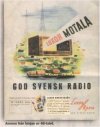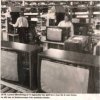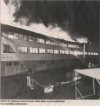audio2design
Major Contributor
- Joined
- Nov 29, 2020
- Messages
- 1,769
- Likes
- 1,830
I was intrigued and did some quick "bathroom" reading on Luxor. I had never heard of them. It seems they had a long history of building products many of which they designed themselves, though I expect some under license as well. They did rebadge Luxman receivers, but the one in the link does not have the "look" of Luxman, notably the two knobs in the upper right. That seems to be Sherwood/Nikko/Kenwood style. Sherwood did make some crap and some good stuff back in the day.






